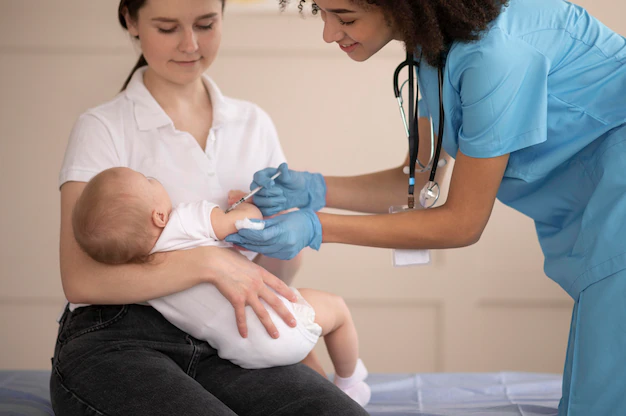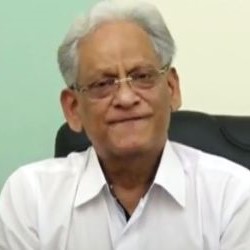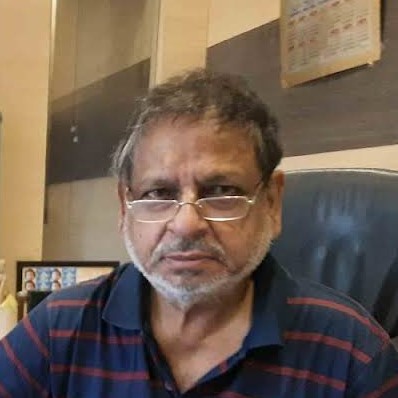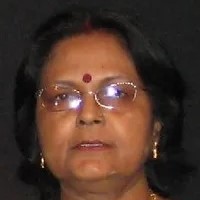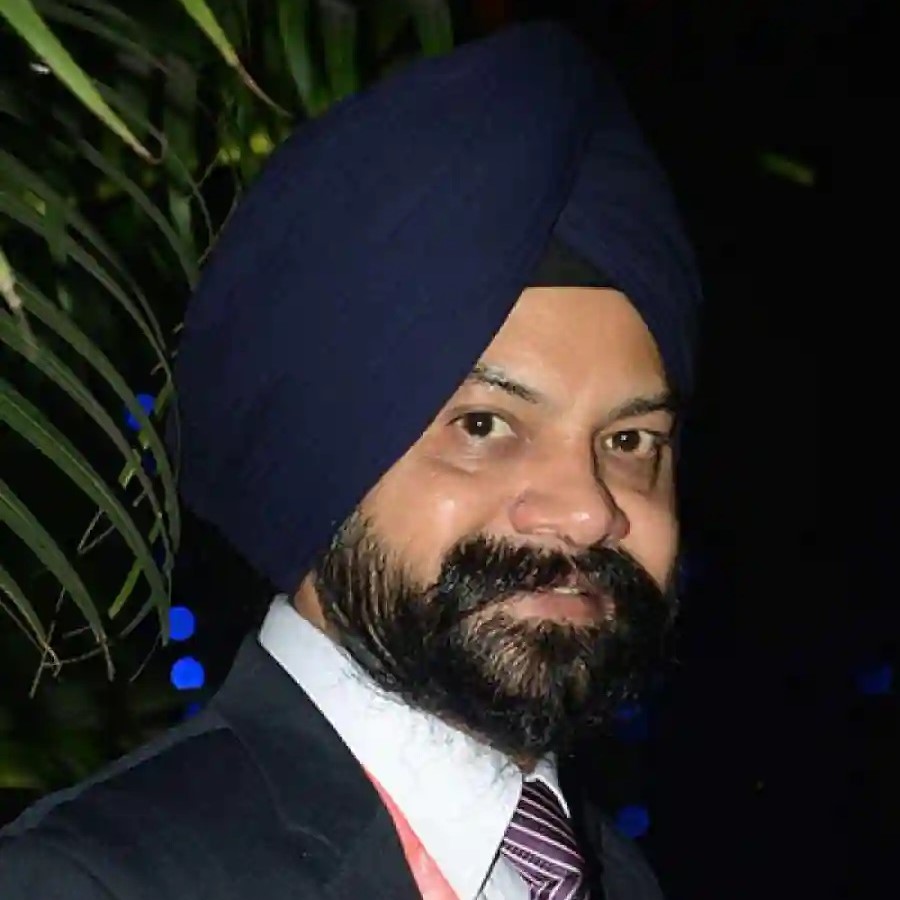A vaccine is a biological preparation that improves immunity to a particular disease. A vaccine ordinarily contains an agent that resembles a disease causing microorganism, and is often made from weakened or killed forms of the microbe, its toxins or one of its surface proteins. The agent stimulates the body’s immune system to recognize the agent as foreign, destroy it, and “remembers” it, so that the immune system can more easily recognize and destroy any of these microorganisms that it later encounters.
The OPV or Oral Polio Vaccine
Poliomyelitis (polio) is a highly infectious disease caused by a wild polio virus. It invades the nervous system, and can cause paralysis or even death in a matter of hours. In-order to avoid this infectious disease, children below the age group of 5 years are vaccinated with OPV. This is perhaps the most critical vaccine in India; we see doctors and caregivers organize camps under government initiatives – Pulse Polio Immunization Program, and even go to each house to administer the OPV. It is a must for newborn babies to receive the OPV. There is no risk of overdose, fully immunized children receiving extra doses of OPV will receive extra protection against polio. The vaccine is administered multiple times to ensure full protection. There is minimal risk of adverse effects from OPV.
The Hepatitis B Vaccine
The hepatitis B vaccine is also known as the first “anti-cancer” vaccine because it prevents hepatitis B, the leading cause of liver cancer worldwide. Hepatitis B severely affects the liver, and therefore, the Hepatitis B vaccine and the Hepatitis B Immune Globulin vaccines are administered to babies at birth – this happens if the mother of the child is a carrier of the HBeAg or the HBsAg virus. But if the mother tests negative for these viruses, then the vaccines are given to the children. This vaccine is one of the safest vaccines and very useful and thus made mandatory in India.
The MMR or Measles, Mumps and Rubella Vaccine
As the name suggests, this vaccine provides protections against Mumps, Measles and German Measles as known as Rubella. In our country, the Monovalent measles vaccine is given post nine months. The next dose of the MMR vaccine is given at 12 to 15 months of age. Rarely serious reactions, may occur from the MMR vaccine. Nearly 10% of children develop fever, malaise, and a rash 5–21 days after the first vaccination; and 3% develop joint pain lasting 18 days on average. The reaction occurs due to the reagents present in the vaccine itself resembling the disease causing micro-organism.


